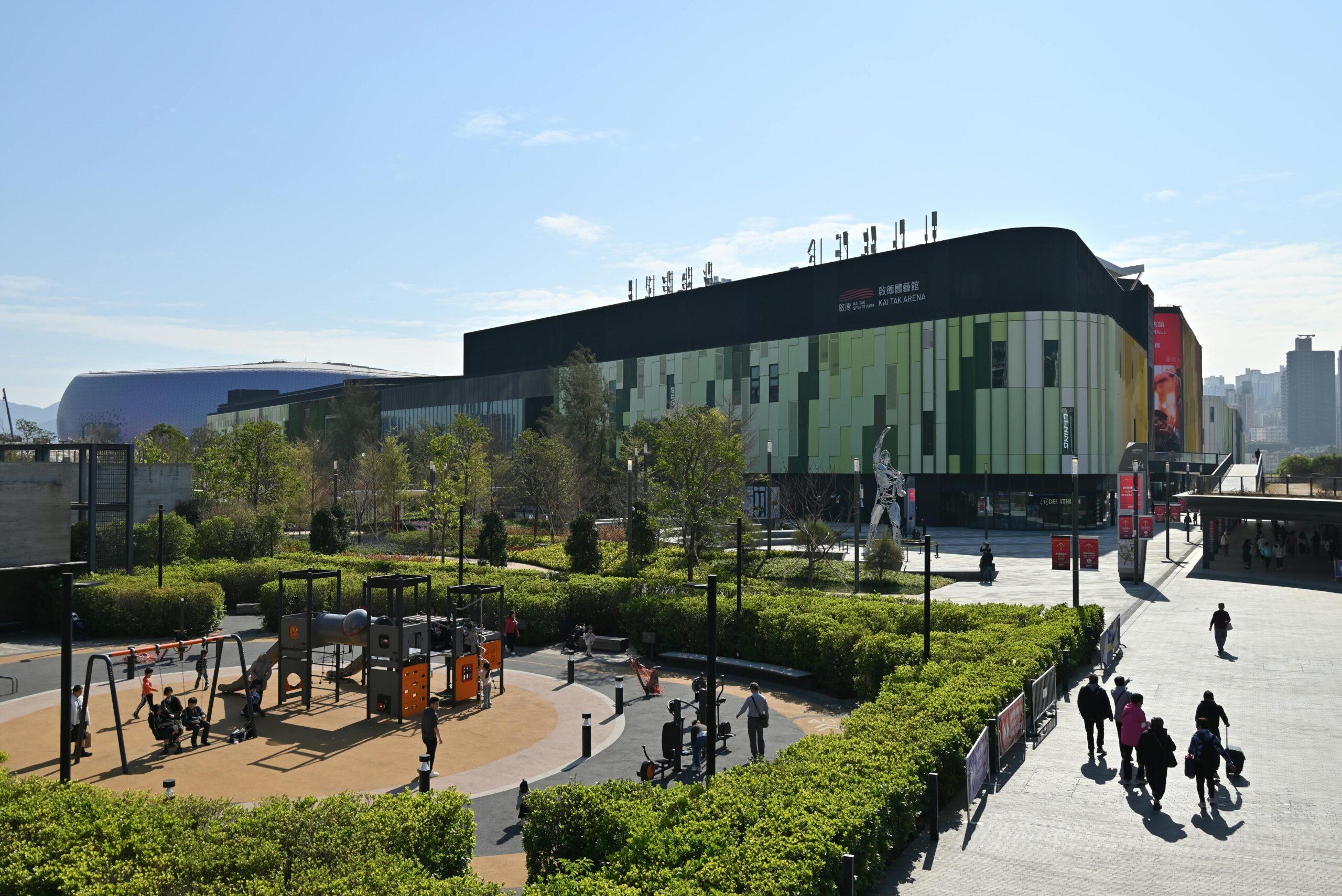- Cities/Urban Design/Social Equity
Can Cities Be Fair for All?
How can design help bridge the gap between urban development and social equity?

- Candice Lim
Four years ago, I wrote about how cities in Asia could be designed more equitably. I’m revisiting the topic, as it is close to my heart, in a more reader-friendly length and updated the examples for relevancy today.
In most Asian cities, streets seem flawless-smooth pavements, humming buses, green parks-until one spots the flaws: wheelchairs snag on curbs, poorer estates lack trees, back lanes darken with risk. Cities favour some, not all. In 2025, with climate chaos and inequality climbing, it has become even more critical to look at how cities could be made more equitable for all.
Surabaya, Indonesia: Public Spaces for All
Transforming Urban Waterfronts
A decade ago, Mayor Tri Rismaharini (2010-2020) turned the grimy Kalimas riverfront into parks and cafes, free for all, not just the rich. These public spaces have transformed the urban landscape, as documented in the UN-Habitat’s “Global Public Space Programme Annual Report 2019,” which highlighted Surabaya’s riverfront revitalisation as a model for inclusive urban regeneration (UN-Habitat Annual Report 2019). What I remember clearly from the story I did was what Dr Yayat Supriatna (one of the urban experts we spoke with) said about how design shapes behaviours. For example, pairing regulations (no littering) with well-designed infrastructure (proper bins) that is easily accessible. In this way, both aspects could lead to cleaner streets and urban spaces, making it fairer ground for everyone.
Ongoing Challenges
Despite progress, many of Surabaya’s lowest-income residents still lack easy access to upgraded green spaces. While most detailed research focuses on Jakarta, studies confirm that green space distribution is often unequal in Indonesian cities (Frontiers in Human Dynamics, 2023).
Jakarta: Adaptive Reuse for Housing Crisis
Transforming Empty Offices
Post-COVID-19, office towers languished, with vacancy rates remaining high. JLL Indonesia and Savills both confirm a trend of elevated office vacancy rates and growing interest in adaptive reuse, identifying Jakarta as having significant potential for office-to-residential conversions (JLL, 2024, Savills, 2024).
Transit-Oriented Development
Jakarta’s Transit-Oriented Development (TOD) strategy aims to blend commercial and residential spaces along transit corridors (outlined here and in the news). If the plan works, this means the units could become affordable for middle-income workers, and not just the elites. Even so, the city still have some ways to go to balance the scales—not least by implementing solutions to ease traffic congestion.
Penang, Malaysia: Heritage Preservation and Inclusive Urban Regeneration
Penang’s George Town has successfully combined heritage conservation with urban regeneration. Through community-led efforts and adaptive reuse of historic buildings, the city has improved public spaces for residents while preserving its unique cultural identity (UNESCO Penang Heritage Site).
Singapore: Enabling Village for Inclusive Design
Singapore’s Enabling Village, launched in 2015, transformed a former vocational institute into an inclusive hub for people with disabilities. Using universal design principles like ramps and accessible amenities, it offers training, employment and community spaces, fostering social inclusion. Recognised by the 2022 Urban Land Institute Global Award, it exemplifies how adaptive reuse can create equitable urban environments (Enabling Village).
Conclusion: Design as Equity
Design’s more than looks—it’s who thrives. Cities can bend for the left-out, if we build with them in mind. The most successful approaches share common elements: community co-creation, data-driven implementation, and recognition that equity requires both physical and policy changes.
Want fairer cities? Ask who’s missing, then act. The examples above show that when equity becomes a measurable goal rather than an afterthought, urban spaces can truly serve everyone.








